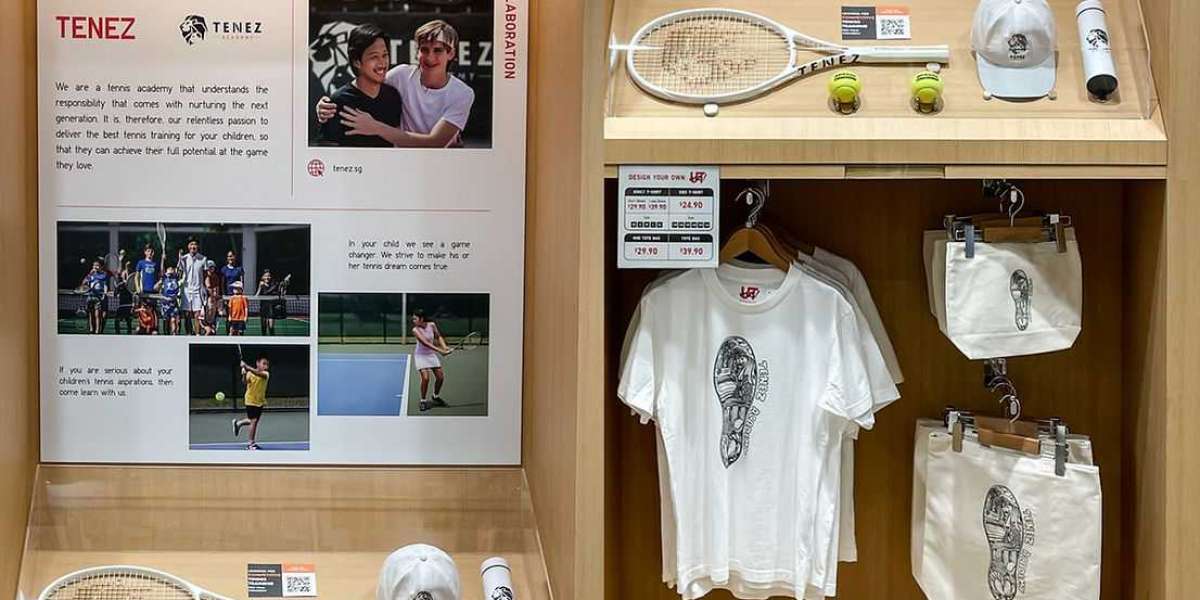Judo, a martial art known for its grace, technique, and explosive power, relies heavily on the quality and functionality of its uniforms. Traditionally, judo uniforms, or gi, have been crafted from sturdy cotton to withstand the rigors of training and competition. However, advancements in textile technology have ushered in a new era of high-tech materials that promise to enhance performance and comfort for judo athletes like never before.
II. Traditional Judo Uniforms: A Brief History
The evolution of the judo gi mirrors the development of the sport itself. Originally derived from traditional Japanese garments, the gi was designed to be durable yet comfortable. Early uniforms were typically made from heavy cotton to withstand gripping and throwing techniques, reflecting the practical needs of judo practitioners.
III. The Rise of High-Tech Materials
In recent decades, the sports apparel industry has seen a revolution in the use of high-performance fabrics. Judo, with its unique demands for strength, flexibility, and durability, has benefited significantly from these advancements. Modern judo uniform now integrate cutting-edge materials that not only meet but exceed the requirements of athletes.
IV. Key High-Tech Materials Used in Modern Judo Uniforms
1. Cotton Blends
While cotton remains a staple due to its breathability and comfort, modern judo gis often blend cotton with synthetic fibers such as polyester. This blend enhances durability and reduces shrinkage while maintaining the traditional feel of cotton.
2. Polyester Blends
Polyester blends are favored for their moisture-wicking properties, which keep athletes dry and comfortable during intense training sessions. These fabrics are also known for their resilience and ability to retain shape, even after repeated washes.
3. Hybrid Fabrics
Some judo uniforms combine multiple materials to optimize performance. Hybrid fabrics may include blends of cotton, polyester, and elastane to offer a balance of comfort, stretch, and durability, catering to the dynamic movements of judo.
V. Advanced Features and Technologies
1. Reinforcements and Durability
Modern judo gis incorporate reinforced stitching and strategic paneling to enhance durability in high-stress areas. This ensures the uniform can withstand the pulling and tugging typical of judo grips and throws.
2. Moisture Wicking
Moisture-wicking technology draws sweat away from the body, helping judo athletes stay dry and focused during training and competition. This feature is crucial for maintaining comfort and preventing chafing.
3. Stretch Panels
Innovative judo uniforms feature stretch panels in key areas like the shoulders and knees. These panels facilitate unrestricted movement, allowing athletes to execute techniques with greater agility and precision.
VI. Innovations in Design
Modern judo uniforms are meticulously designed for optimal performance. Tailoring techniques ensure a precise fit that enhances mobility without compromising comfort. Ergonomic stitching and construction minimize irritation and maximize durability, supporting athletes throughout their judo careers.
VII. Performance Benefits for Athletes
The adoption of high-tech materials in judo uniforms translates into tangible benefits for athletes. Improved range of motion, enhanced breathability, and reduced weight contribute to overall performance and endurance, empowering athletes to perform at their best on the mat.
VIII. Considerations for Choosing the Right Uniform
When selecting a judo uniform, athletes should consider factors such as fabric composition, fit, and competition regulations. Personal preferences regarding comfort and performance requirements should guide the choice, ensuring the uniform complements the athlete's unique style and needs.
IX. Conclusion
The integration of high-tech materials in modern judo uniforms represents a significant advancement in sports apparel technology. These innovations not only elevate performance but also enhance comfort and durability, supporting judo athletes in their pursuit of excellence. As technology continues to evolve, the future holds exciting possibilities for further enhancing the functionality and design of judo uniforms.











